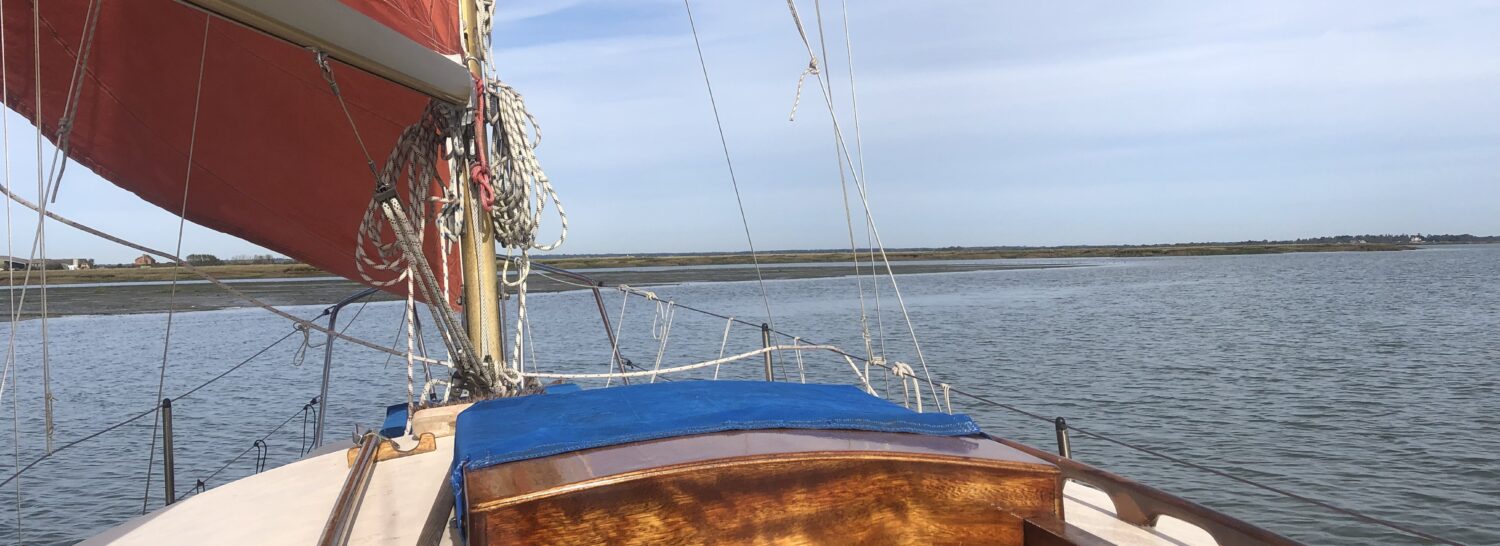For at least two decades, if not longer, there has been increasing numbers of glass reinforced plastic (GRP) which have either been abandoned in ‘out of the way places’ or left on moorings until the vessel either sinks or breaks free and washes ashore to be wrecked. Vessels were increasingly abandoned in boatyards, clubs and other places too.
This has been obvious to many interested observers. I wrote about it in a magazine article which I wrote for Anglia Afloat in 2010 – published during 2011. See: nickardley.com/ditch-crawler-looks-again-at-dead-ships
The blog covers more than my original article.
Further article: nickardley.com/ditch-crawler-views-a-few-thames-derelicts
As a subscriber to news from ‘Leisure Marine’ I was pleased to see an article covering the problem and detailing a possible way to alleviate it too, by reclamation and reconstituting the product – GRP.
Allied to this I had heard of a BBC Wales programme about the increasing problem of the abandonment of craft around the Welsh river estuaries. This theme was also carried in a BBC West production too.
London, the East, Southeast and others not so, from evidence of a trawl of internet. All sailors, coastal walkers and environmentalist groups could have pointed in a myriad of directions.
Locally, the Leigh-on-Sea saltings are dotted with abandoned vessels. One was set up as an art project – fine and dandy as that may have seemed, but its stem has torn out now ad the vessel’s mast is on the verge of collapse…
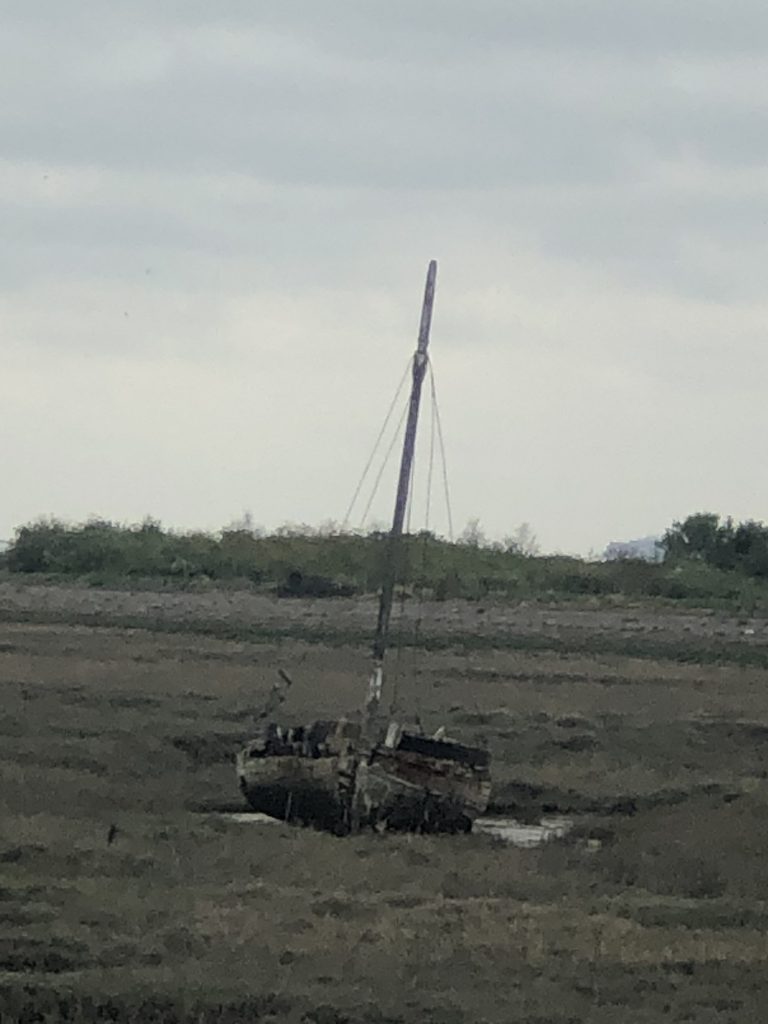
The gist of the BBC Wales programme was along similar lines to what I have already written about. The BBC West programme home in more on the abandonment of old wooden vessels – fishing boat hulls – which still had antifouling present on their bottoms. The report stated tat TBT (Tri-butyl-tin) was found. Now that compound was discontinued and banned years ago…
That aside, wooden craft in the main provide a home for a myriad of marine life and perches for birds and even feeding stations. Eventually, the hulls decay returning organic compound back to source. Bottoms disappear into the mire and rot more slowly.
Of course, GRP is a totally different kettle of fish. Rotting is almost timeless, and here is the problem…
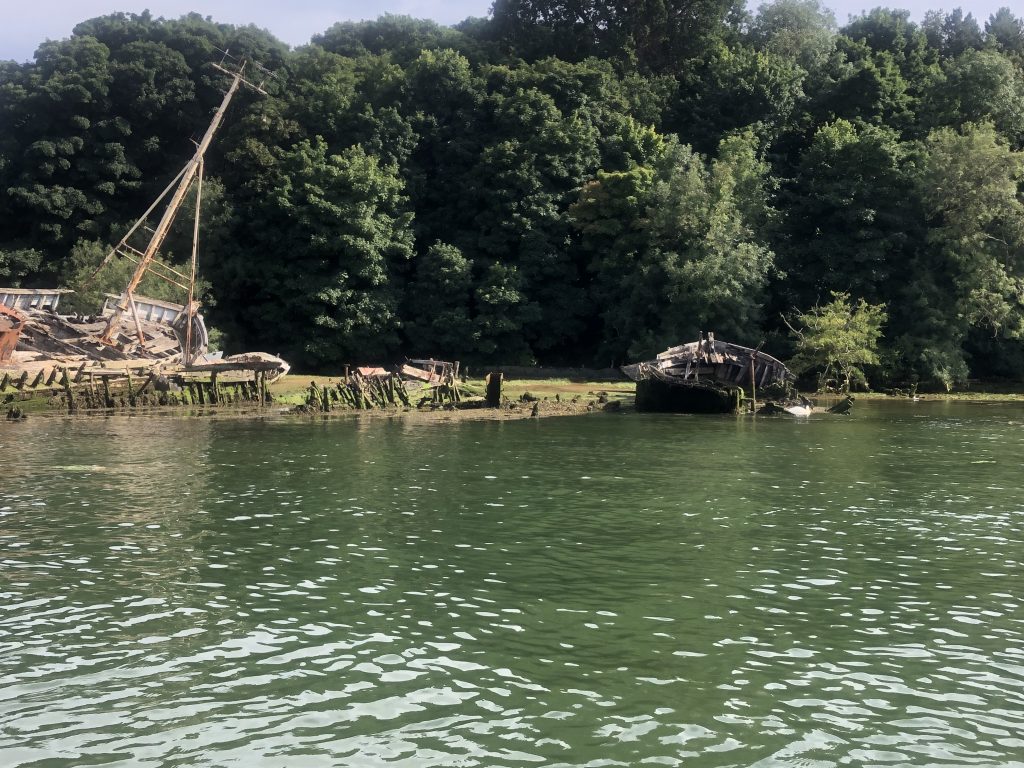
In the yard at Titchmarsh there has been a plethora of old vessels suffering neglect and abandonment. The proprietors have spent time and money stripping old wooden craft, breaking and burning them. Whilst a GRP boat can be stripped, it cannot be burnt!
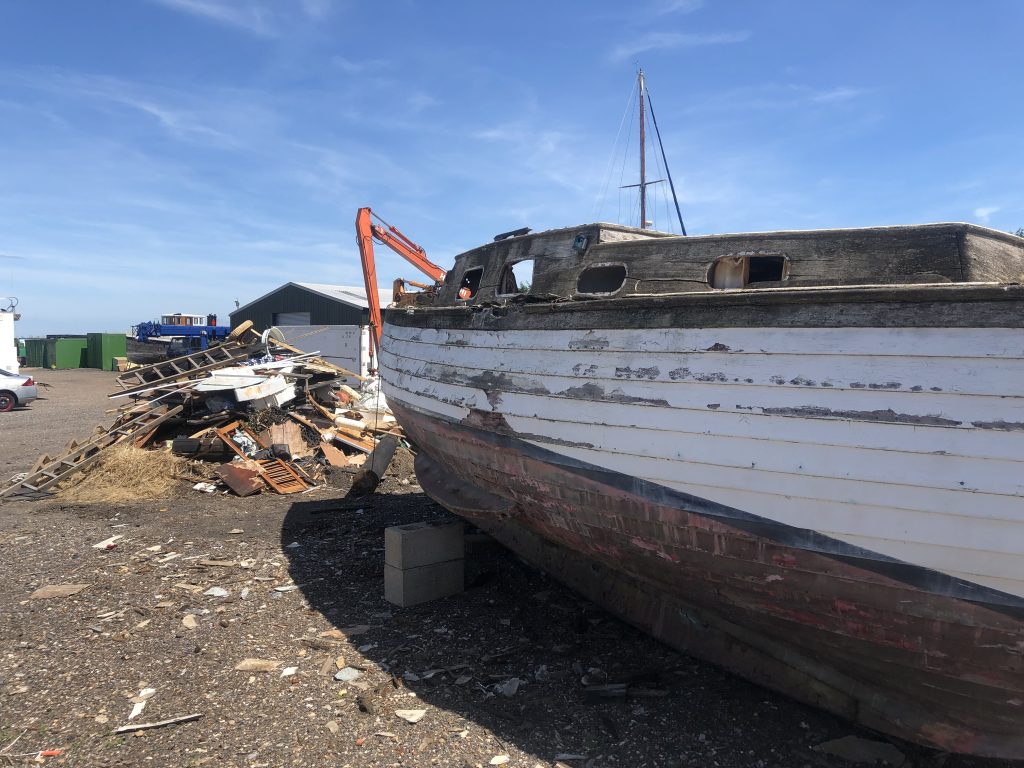
Wooden hulls can be easily, if expensively, stripped of metals and non burnable products and be cut up and burnt. This is not the case, other than stripping, for GRP hulls. Landfill has been the only option.
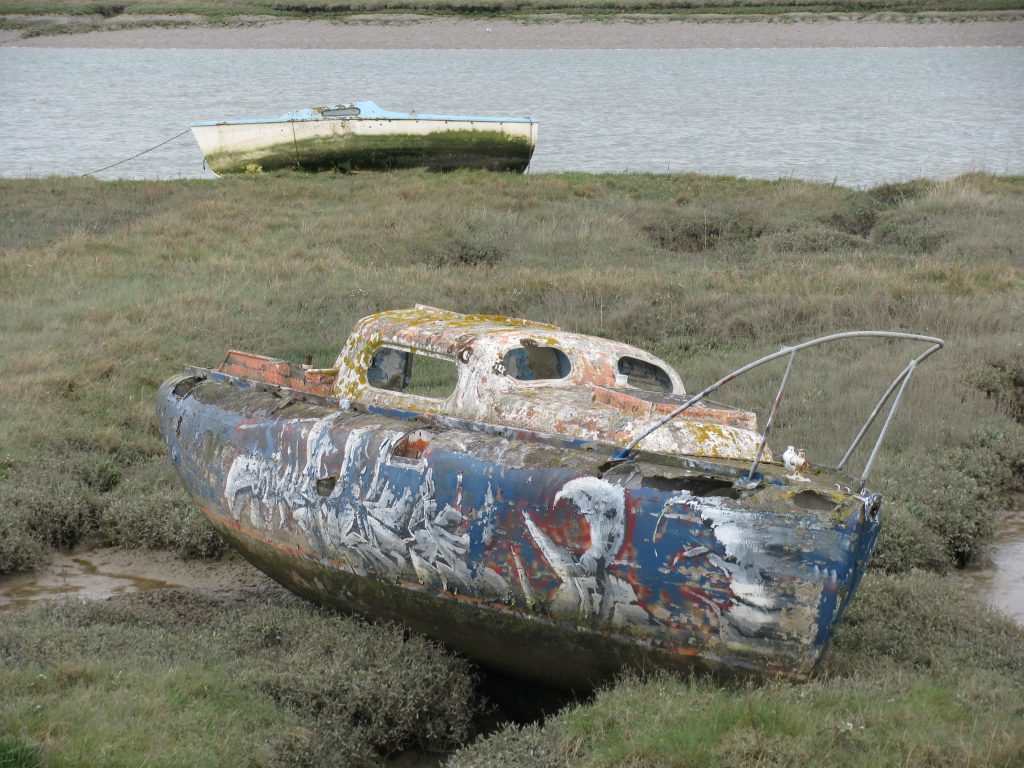
So, what is to be done.
Well, a British company – consortium – has come up with what they believe to be workable solutions. It is described as ‘high-level composite waste processing, recycling and reuse’ as described by James SAcott-Anderson of Blue Composites.
Apparently in 2019 it has been estimated that £29 million was spent on commercial landfill of marine waste – boats! Something largely unacceptable, surely…
The company is running a investigative programme with Plymouth University to break GRP back down to its composite components and reuse the separated products in ‘new’ GRP… It has been termed Deecom technology.
Scott Bader are in on the game – a company we all know as producers of the stuff we either have boats made from or use in repairs, etc.
Kevin Mathews, CEO at Scott Bader said in the Leisure Marine article the process ‘…separates everything out – so you get fibres, gelcoat, glue and resins.’ It is believed that much of the ‘regained’ material can be reused.
The success of this system could be the answer to End of Life control of what happens to unwanted GRP craft, and other products.
The article can be found at: marineindustrynews.co.uk/composite-waste-recycling
Have a read for it is all very interesting.
A solution needs to be found: an EU Commission recently found that up to 130,000 recreational craft across Europe (probably includes the UK of GB & NI too…) reach end of life each year. Staggering, but probably why we all see so many abandoned craft…
